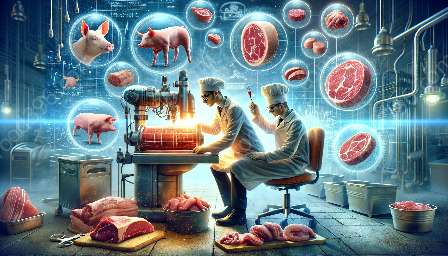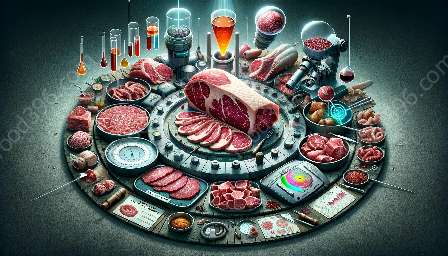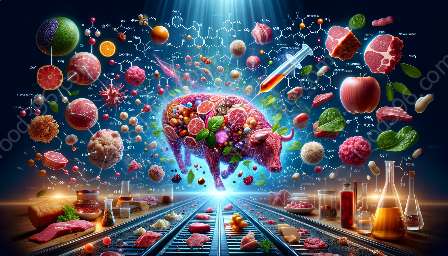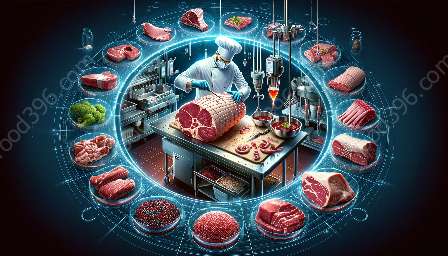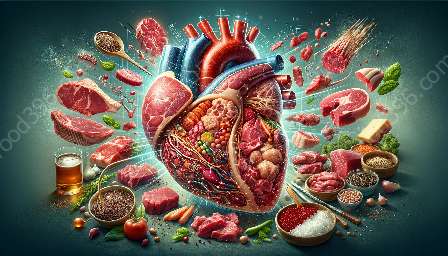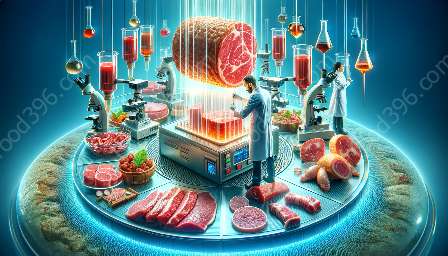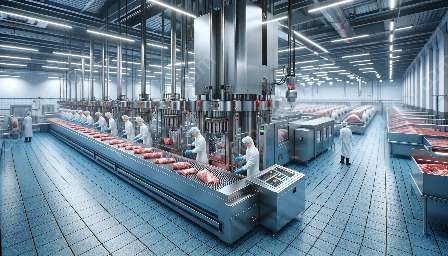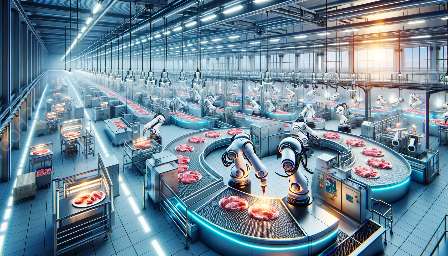Meat packaging plays a crucial role in preserving the quality and safety of meat products while also ensuring consumer satisfaction. This comprehensive guide will delve into the intricate process of meat packaging, its compatibility with meat science, and its impact on the food & drink industry.
The Importance of Proper Meat Packaging
Proper meat packaging is essential for maintaining the freshness, flavor, and safety of meat products. It involves various techniques and materials that are designed to protect meat from contamination, spoilage, and oxidation.
Types of Meat Packaging
There are several types of meat packaging, each serving specific purposes:
- Vacuum Packaging: This method removes air from the packaging to extend the shelf life of meat products and prevent microbial growth.
- Modified Atmosphere Packaging (MAP): MAP involves controlling the atmosphere inside the packaging to slow down the deterioration of meat products.
- Wrapping and Sleeving: Meat products are often wrapped or sleeved in materials such as plastic film or casings to provide a barrier against external contaminants.
The Intersection of Meat Packaging and Meat Science
Meat packaging is closely intertwined with meat science, which focuses on the study of meat products from production to consumption. The field of meat science encompasses various disciplines, including food safety, meat quality, and packaging technology.
Preservation of Meat Quality
Meat scientists work to develop packaging solutions that maintain the sensory attributes, nutritional quality, and safety of meat products. They conduct research on the factors that affect meat quality during storage and distribution, and develop packaging methods to mitigate these factors.
Ensuring Food Safety
Another critical aspect of meat science and packaging is ensuring the safety of meat products. This involves understanding the potential hazards associated with meat, such as pathogenic microorganisms, and implementing packaging technologies that minimize the risk of foodborne illnesses.
Innovation in Packaging Technology
Meat science drives innovation in packaging technology by exploring new materials, designs, and processes that enhance the shelf life and quality of meat products. Advances in active and intelligent packaging, which incorporate antimicrobial agents and sensor technologies, are revolutionizing the way meat is packaged and preserved.
Impact of Meat Packaging on the Food & Drink Industry
Meat packaging significantly influences the food & drink industry in several ways:
Consumer Confidence
Well-designed and effective meat packaging instills confidence in consumers by assuring them of the product's freshness, safety, and quality. This, in turn, influences their purchasing decisions and brand loyalty.
Sustainability
The food & drink industry is increasingly focused on sustainable packaging practices, and meat packaging is no exception. Innovations in eco-friendly materials and packaging processes are contributing to the industry's sustainability goals.
Supply Chain Efficiency
Efficient meat packaging solutions aid in optimizing the supply chain, reducing product waste, and ensuring timely delivery of meat products to retailers and consumers.
Conclusion
Meat packaging is a vital component of the meat industry, impacting both the scientific understanding of meat products and the consumer experience. By integrating knowledge from meat science and food & drink, the art of meat packaging continues to evolve, ensuring the delivery of safe, high-quality meat products to consumers.
